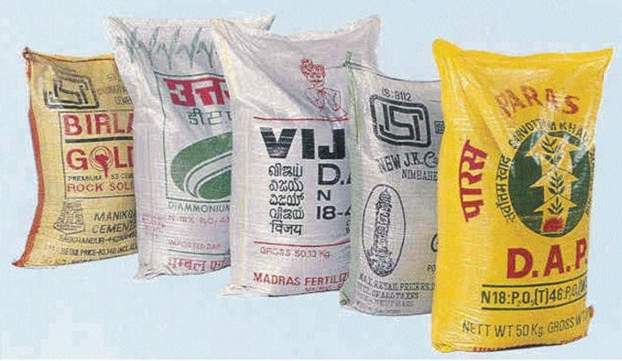Lesson Notes By Weeks and Term - Primary 6
LIVING AND NON-LIVING THINGS
WEEK 7&8
SUBJECT: BASIC SCIENCE AND TECHNOLOGY
TERM: 1ST TERM
CLASS: PRIMARY 6
Topic: Living and non-living things
BEHAVIOURAL OBJECTIVES: AT THE END OF THE LESSON, PUPILS SHOULD BE ABLE TO:
INSTRUCTIONAL MATERIALS:
A chart showing the instruments for planting crops.
REFERENCE MATERIALS
Scheme of work
All relevant materials
9-Years Basic Education Curriculum
Online information
BUILDING BACKGROUND/CONNECTION TO PRIOR KNOWLEDGE:
Pupils are familiar with the topic in their previous classes.
CONTENT OF THE LESSON
There are several ways by which farmers can improve their crop yield. Some of these are: planting high-yielding varieties, planting on fertile soil, planting at the right time (such as early in the rainy season), applying fertilizers, and controlling weeds, pests and crop diseases.
A fertilizer is a substance which is added to the soil to make crops grow well. There are two main groups of fertilizers: manure and chemical fertilizers. Manure is waste matter from plants and animals. Examples of manure are cow dung, pig dung, goat and sheep dung, chicken droppings, farmyard manure and compost.

Compost is a mixture of decayed plant materials which is used as a fertilizer for improving soil fertility. Compost is made as described below:

Chemical fertilizers
Chemical fertilizers are manufactured chemical substances. They may be in the form of a single substance or a mixture of substances. On the bag of a chemical fertilizer, its name is written, e.g. calcium phosphate. A mixed chemical fertilizer, e.g. NPK fertilizer may have numbers written on the bag, such as 10:10:10, 15:10:10, or 20:10:10. The numbers stand for the percentage of nitrogen, phosphorus and potassium respectively, contained in it.
Nitrogen, phosphorus and potassium are some of the substances that crops need to grow well for every crop, there is a type of chemical fertilizer that helps it grow best. So a farmer usually seeks information from the Ministry of Agriculture on which is the best fertilizer for a particular crop. For instance, chemical fertilizer is applied to maize twice.
The first application is made two weeks after germination. The second application is made four weeks later.
Chemical fertilizer is applied to maize plants by the ‘ring method’. A short stick is used to make a shallow hole around the maize plant. The radius of the circle is about 15 cm and the depth of the hole is about 2.5 cm. The quantity of chemical fertilizer applied to one maize seedling is about one matchbox full. Then the hole is covered up. This method of application helps the maize seedling to absorb the chemical fertilizer very well. Only a little of the fertilizer is lost to erosion.
Chemical fertilizers are manufactured chemical substances. They may be in the form of a single substance or a mixture of substances. On the bag of a chemical fertilizer, its name is written, e.g. calcium phosphate. A mixed chemical fertilizer, e.g. NPK fertilizer may have numbers written on the bag, such as 10:10:10, 15:10:10, or 20:10:10. The numbers stand for the percentage of nitrogen, phosphorus and potassium respectively, contained in it. Nitrogen, phosphorus and potassium are some of the substances that crops need to grow well
Assessment & Evaluation:
(WRAP-UP CONCLUSION)
Teacher goes over the topic once again to enhance better understanding
© Lesson Notes All Rights Reserved 2023